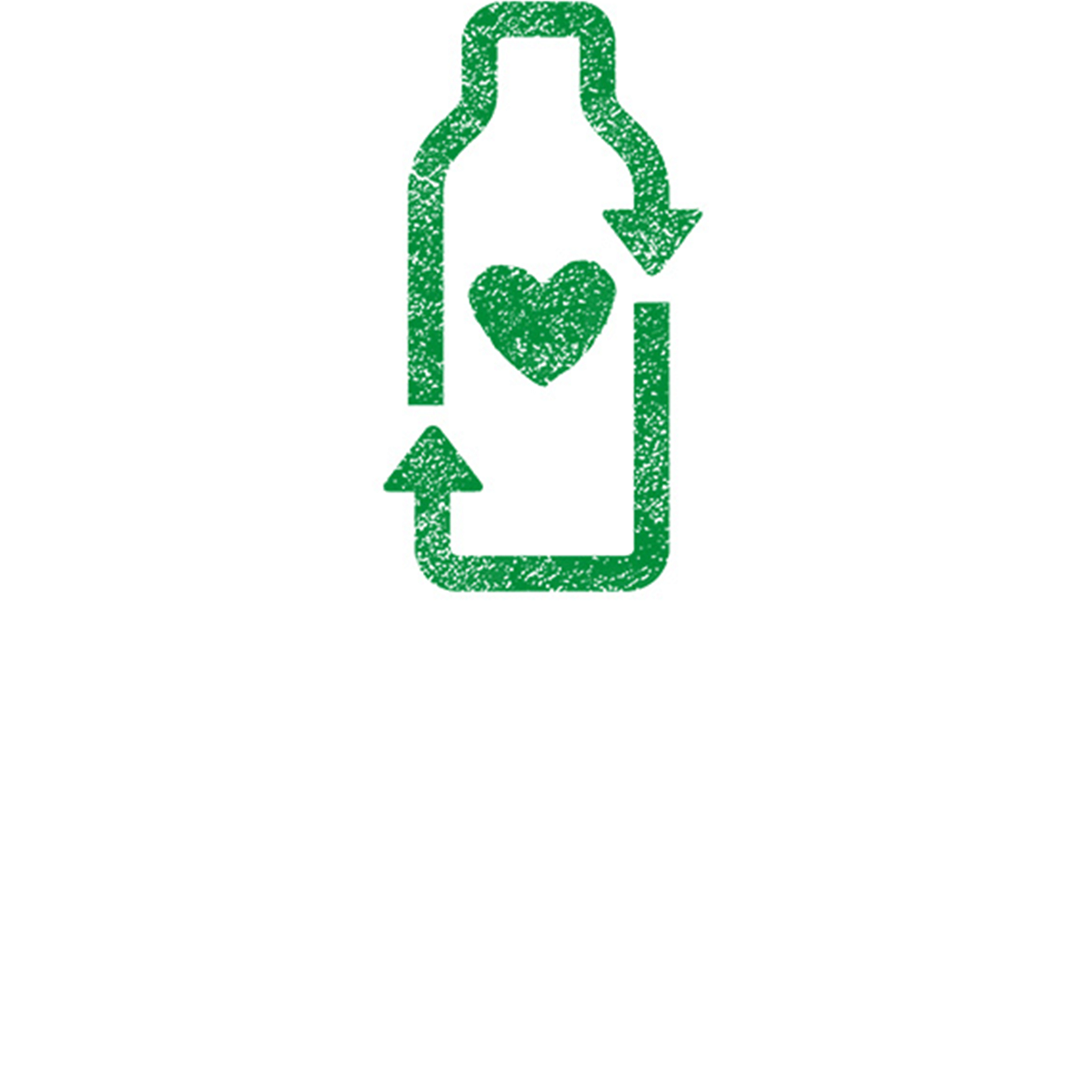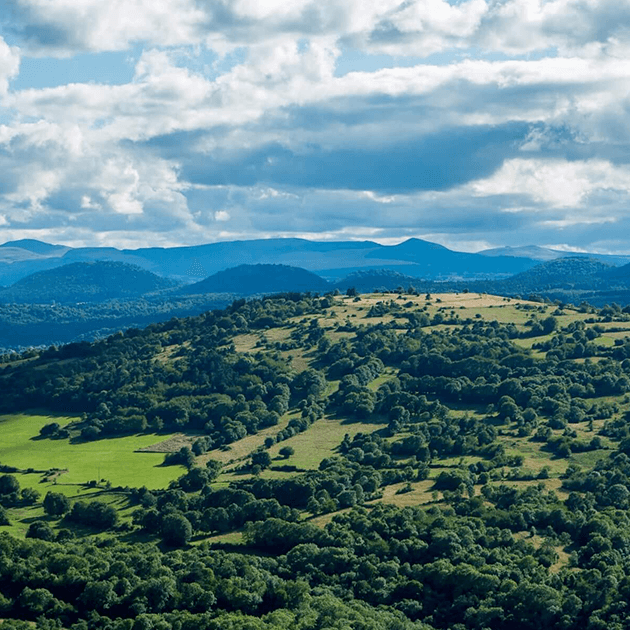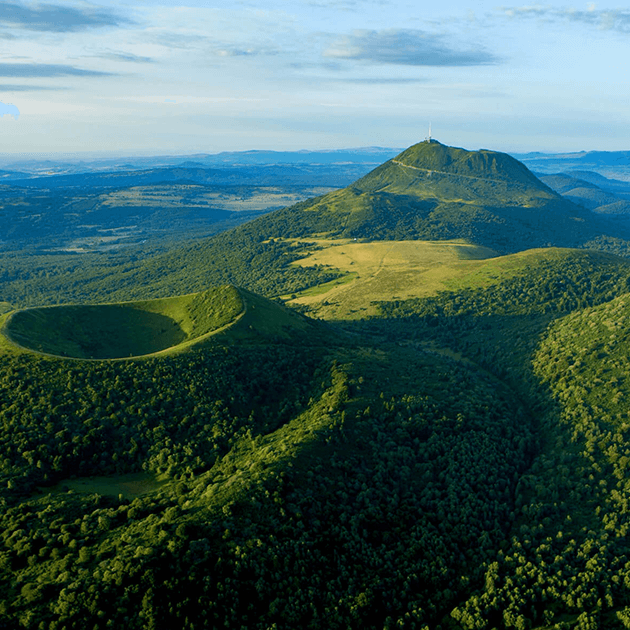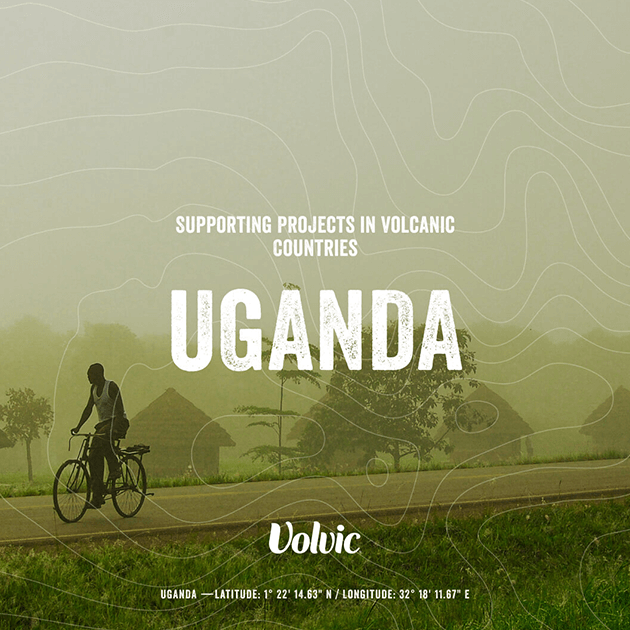
OUR CARBON REDUCTION JOURNEY
At Volvic we are committed to reducing our impact on the planet, reduction of carbon and other greenhouse gas emissions is key.
Measuring & reducing our emissions: As a key step in our sustainability journey, Volvic has transparently calculated and certified the carbon footprint of our products through every stage of their lifecycle. We’ve put in place a carbon reduction plan to further cut down emissions Some of the steps we have taken include increasing our use of recycled plastic (committing to use entirely recycled plastic in our bottles by 2025*); moving to lower carbon transport alternatives and distance efficiency; and reducing our carbon emissions by switching to renewable energy at our plain water bottling site - read more here
* excluding caps and labels
WHAT IS VOLVIC DOING TO REDUCE ITS CARBON FOOTPRINT?
We have calculated our carbon emissions based on the life cycle assessment from the raw materials we use until the end-of-life of our products. Thanks to this exercise we have identified these 4 main areas to act:

1. Evolving our packaging:
We started by using less. Through light weighting projects, we have reduced the weight of our bottles. For example, our iconic 1.5L bottle today uses 30% less plastic than 20 years ago.
Second, we know that using bottles made from entirely recycled plastic* allows us to save CO2 emissions. A bottle made of 100% recycled PET results in around 15% lower carbon emissions across the full lifecycle of the finished product when compared to virgin plastic**. That is why we are committed to making all our bottles with entirely recycled plastic* across Europe by 2025.
*recycled plastic used in only the bottle (not caps and labels)
**Based on DanPrint - Danone's product carbon footprinting tool

2. Sustainable transport
We have been working with our supply chain to investigate lower carbon transport alternatives and distance efficiency. In the UK 75% of Volvic products travel from the bottling site to the UK by train rather than trucks. Transporting goods by rail decreases emissions by approximately 70% vs diesel fuelled truck. *
*based on figures for emissions factors from Defra

3. Energy use:
First, we have been working to use less. Since 2007 we have reduced our energy consumption in our bottling site for Volvic Natural Mineral Water and Volvic Touch of Fruit by more than 20%. In 2008, we were awarded the ISO 14001 certification which is an international standard on environmental management systems.
Secondly, we have switched to using renewable energy in our natural mineral water bottling site from 2020.

4. Project Partnerships
In parallel, Volvic is also investing in initiatives that protect and/or restore natural ecosystems which result in the reduction and absorption of carbon, thus offsetting any remaining emissions in order to achieve carbon neutrality. In partnership with South Pole, Volvic contributes to support the continued protection and restoration of natural ecosystems in volcanic countries, such as Peru, Congo and Uganda. This means Volvic supports projects that continuously protect forests, watersheds, biodiversity and communities over an area greater than 2 billion square metres*, which also acts to offset Volvic's remaining carbon emissions in order to achieve carbon neutrality.
*equal to 53 times of Volvic impluvium (38km2)
Thanks to the actions above, Carbon Trust has certified Volvic globally as carbon neutral since April 2020. Carbon neutral certification - the process of measuring, reducing & offsetting remaining emissions – has formed a part of our carbon reduction journey. When Volvic’s current Carbon Trust certification expires, the brand will not be recertified. At Danone, our priority is reducing our global greenhouse gas emissions by 35% by 2030. We have clear targets on this that are approved by the Science Based Targets initiative (a leading climate action organisation).
Last year, the Carbon Trust announced they would no longer be offering the carbon neutral certification meaning it will no longer be available to organisations.